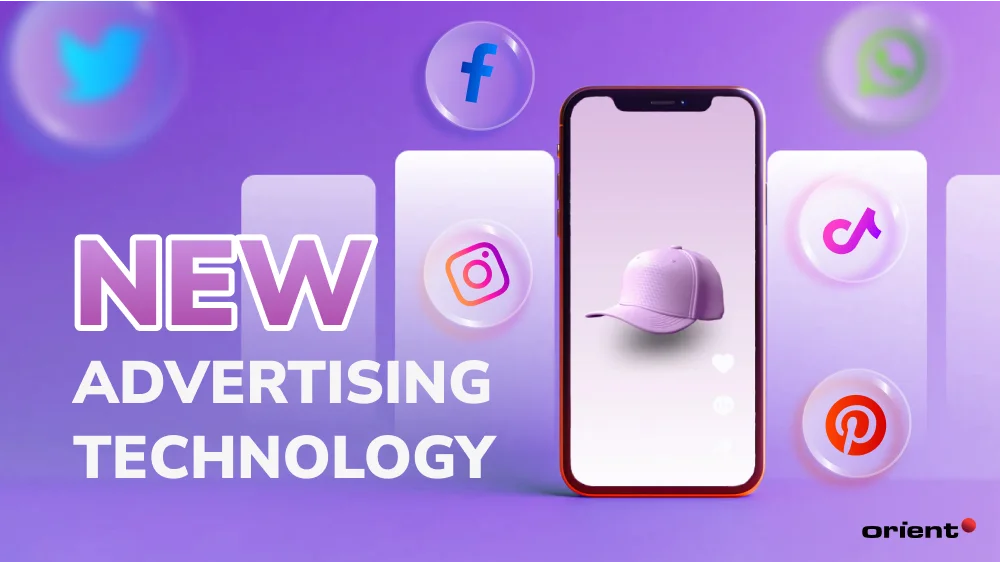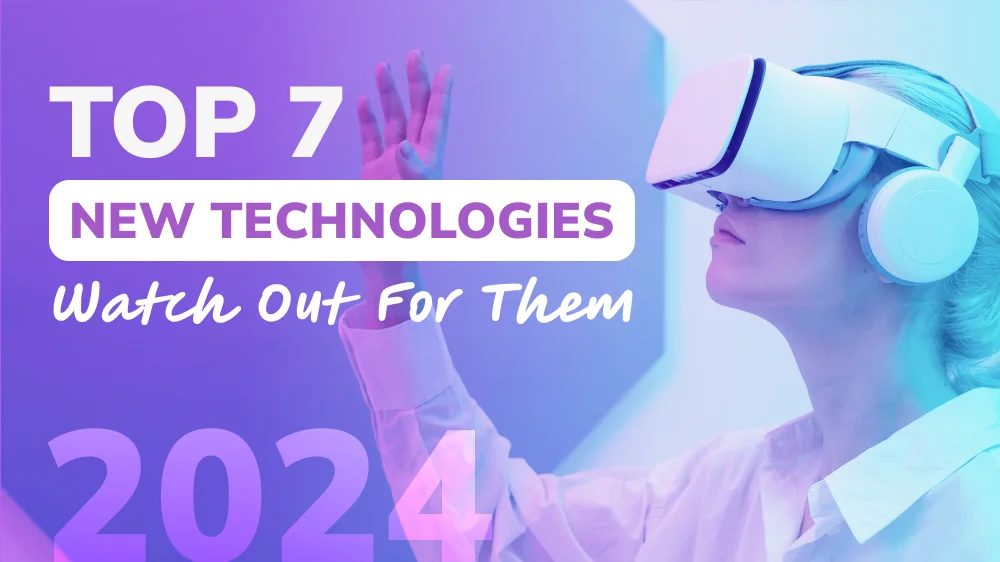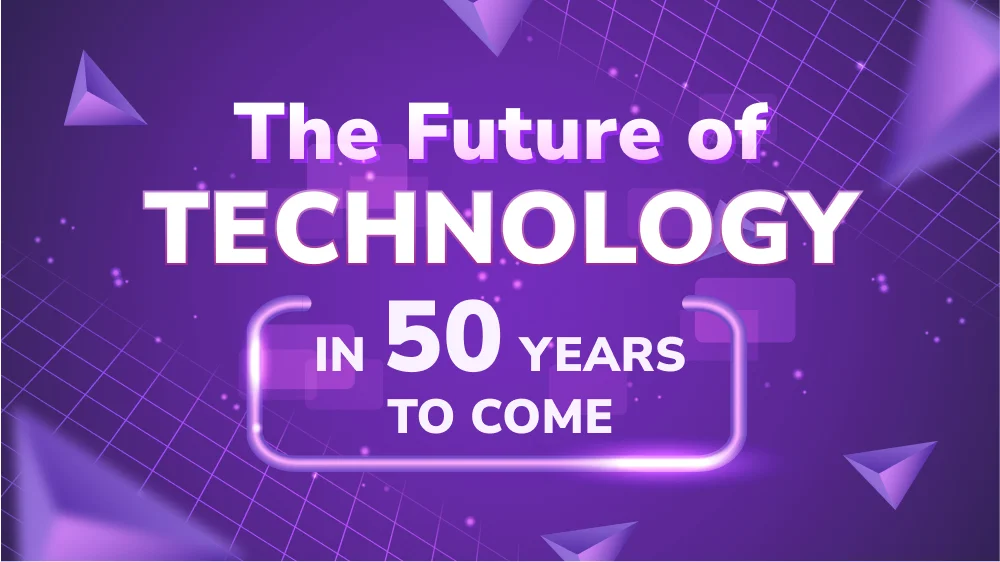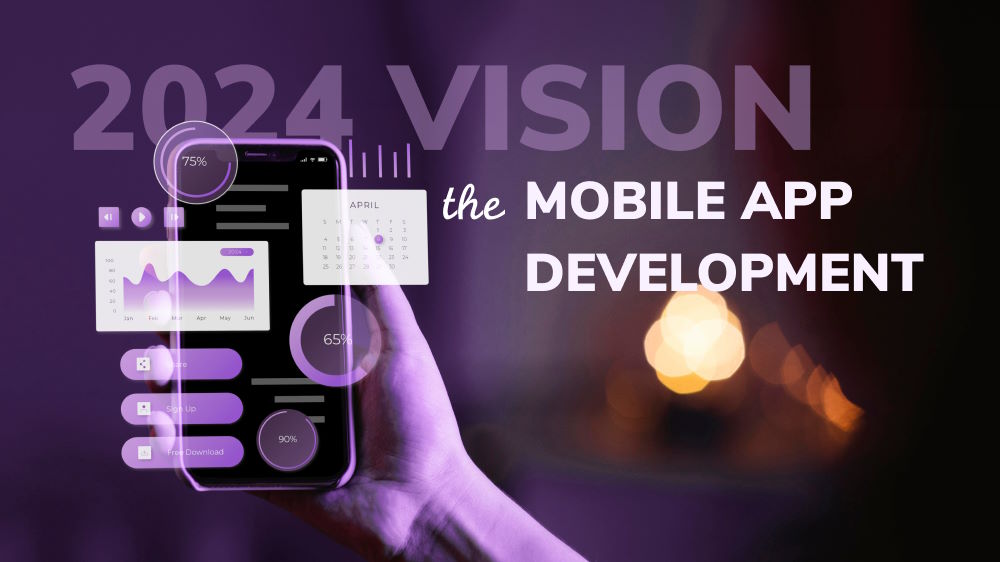New Advertising Technology: 5 Emerging Advertising Technology Trends

Content Map
More chaptersBusinesses and brands are constantly searching for ways to refine their ad tech strategies. This can be challenging at times, as most people view dozens and dozens of ads each day. Even then, it is crucial to stay ahead of the ad tech game. One way to do so is to explore emerging advertising technology and use them to your advantage.
From first-party cookie solutions to AI-driven solutions, this article aims to discuss the basics you need to know regarding the modern technology that shapes the future of ad tech.
Key Takeaways:
- Proper investment in ad technology allows brands and businesses to reach the intended audiences.
- 5 key techs emerging in 2024 and beyond are a shift to first-party data, the rise of contextual and video ads, growth of connected tv (CTV), AI for automation and fraud detection, and reliance on social media platforms.
What Is Advertising Technology? A Brief Look at Adtech’s History

Definition
Advertising technology, or ad tech (many also spell it adtech), refers to the software and tools used by advertisers to reach audiences and manage digital advertising campaigns. It entails technologies like demand-side platforms that facilitate buying impressions and selecting audiences across various publisher sites. Adtech enables advertisers and agencies to target, deliver, and analyze ads effectively, streamlining the process of digital advertising.
History
Adtech dates back to the early 1990s. With the birth of the internet, the first online banner ad appeared (though there is debate over who created it, AT&T law firm or Global Network Navigator) in 1994. The same year, Netscape introduced cookies to track user behavior online. The mid-90s witnessed significant milestones. FocaLink Media Services revolutionized ad delivery and management in 1995 by introducing the first ad server. The next year, Double Click, an important ad network that utilized cookies, was founded. Confidence in online advertising was further fostered when the Internet Advertising Bureau (IAB) was founded to regulate and standardize ad formats and practices.
The late 90s and early 2000s witnessed more significant milestones. Google launched AdWords, acquired AdSense (a pay-per-click platform), and Roku entered the market. The introduction of YouTube, AdMob, and innovative concepts like Real-Time Bidding (RTB), Demand-Side Platforms (DSP), and Supply-Side Platforms (SSP) further diversified the landscape with video advertising and mobile ads.
Cutting-edge technologies like AI (artificial intelligence), AR (augmented reality) and VR (virtual reality) further push the innovations and boundaries in advertising and its growth.
AdTech Terms You Need to Know: Quick Term Overview

Ad tech is relentlessly growing and innovating, prompting the regular introduction of new concepts. Still, there are six cornerstone terms that you need to know before we discuss new tech in the advertising landscape.
Martech
MarTech (Marketing Technology) refers to software and tools that enhance marketing efforts. The tools help automate tasks, create an omnichannel marketing experience, and provide insightful data for the decision-making process.
Programmatic Advertising
Ad inventory is automatically sold in real-time through programmatic advertising, which makes use of AI and machine learning to make sure that the right target audience sees the adverts.
Demand-side platform (DSP)
Demand-side platforms (DSPs) are software systems that enable advertisers to purchase advertising automatically. DSPs are a very effective tool for marketing automation since they let mobile advertisers purchase high-quality traffic at scale with little effort.
Supply-Side Platform (SSP)
A supply-side platform, a sell-side platform, or SSP, is a tool that helps publishers sell impressions on websites and applications.
Ad Server
Ad Server serves as a centralized platform that manages, displays, and tracks ads. They can decide instantly if an ad is appropriate for display on a publisher’s website or mobile app.
Real-Time Bidding (RTB)
Real-time bidding (RTB) is a way to buy and sell ads instantly. Imagine it as a live auction that happens in real time for each ad view. SSPs are closely involved in the process of an ad exchange that manages the process.
Difference between Ad Tech and Martech in Digital Marketing

Ad Tech and martech are different aspects of digital marketing that are often confused with each other. Here are four key differences between the concepts:
| Ad Tech | Martech | |
|---|---|---|
| Purpose | - Deliver ads to the right target audiences. - Collect campaign data to refine ad strategies | - Manage and optimize ad campaigns - Grow leads and form customer relationships |
| Audience | - Advertisers and media buyers | - Broad marketing audience |
| Platform | - Internal marketing platforms: social media, email, and content management systems | - External platforms like search engines, social media platforms, and mobile apps |
Emerging Adtech Technology That Will Transform Your Marketing Strategies

Now that we have covered the fundamentals, it is time to turn our attention to the future of advertising technology.
Shift to First-Party Data
Web browsers often store small files called cookies to memorize user’s login information or preferences the next time they visit. Third-party cookies come from a different website that users are currently browsing on. Advertisers use them to track users’ online activities and for ad targeting based on their preferences. Let’s say you visited a sneaker website, and later that day, when you browse other pages, you see an ad for those same sneakers you saw earlier.
However, as Google phases out third-party cookies in 2024, organizations need to look for alternatives to third-party cookies. Data privacy and data protection regulations are becoming stricter, so the ad tech industry is shifting to first-party data.
First-party refers to customer data that websites collect during the interaction with your website. There are a few factors that companies must keep in mind to gain customer’s trust:
- Transparency: Brands need to be open about how the data is collected, used, and stored.
- Security: Companies need to take extensive security measures to protect consumer data.
- Consent: Ask for permission when businesses wish to collect and store data.
With this shift, brands need to work on refining strategies to build and maintain trust in their audiences.
Contextual Advertising and Video Ads Continue to Gain Popularity
As data privacy policies and ad targeting practices are shifting, contextual targeting, or contextual advertising, is a notable development. Recently, a survey revealed that 65% of participants are more likely to purchase from online advertisements related to their current page, while only 35% are persuaded to buy from recent watching.
It is a less invasive tracking method and more relevant to the content users are browsing. Think of video ads on social media platforms like YouTube Shorts or TikTok videos - numerous brands have been leveraging the power of video ads to power their digital campaigns. Video ad spending in 2024 is projected to reach $191.3 billion (Statista). 87% of video marketers claim that using video has increased lead generation.
These attractive statistics encourage brands to build interactive shoppable features to further engage users and lead them directly to pages with the shopping information.
CTV and Advertising
CTV stands for connected TV. It refers to any TV set connected to the internet for streaming digital content and viewing on-demand videos. Through Internet-connected TVs, highly targeted ads crafted from consumer data are shown to viewers. This presents a unique opportunity for brands for a few reasons.
- Insight into specific geographical areas with localized IP-based targets.
- Real-time measurement of the campaign performance.
- A higher rate of video completion as users are less likely to skip compared to other digital ad platforms. CTV’s viewer completion rate is 94%, whereas on PCs and mobile devices, it is just 74% and 69%, respectively. (Statista)
AI: Automation and Fraud Detection
Artificial intelligence is developing at an astronomical pace. Gone are the days of manually creating, targeting audiences, optimizing bids and tracking ad performance. AI tools in the modern ad tech landscape possess the ability to do all that and more, including data analytics insights, real-time ad adjustments based on user behavior data, and even data safety compliance. For example, you can use AI to perform predictive analytics to improve ad placement based on page content and page performance to boost conversion rates and revenue for publishers.
While there are plenty of AI-based ad fraud, the very same tool can also be used to prevent fraud. A study conducted by Appier found that the AI-based model identified twice as many fraudulent transactions compared to the traditional rule-based model. AI also spotted complex fraud patterns that were not previously known.
All in all, AI holds unlimited potential to elevate traditional ad processes.
Continued Reliance on Social Media Platforms
A major customer touchpoint in a customer’s journey is social media. Brands are leveraging the massive reach of TikTok, Instagram, and Facebook with advanced targeting capabilities to connect with audiences and boost conversion rates. Moreover, social media isn’t just a means of keeping customers engaged; it also serves as a valuable source for generating leads, where ads can feel more natural and less polished.
Final Note
In the crowded and competitive digital space that we live in today, proper investment in ad tech is a must if you want to reach customers and improve conversion rates. Some aspects of technology might seem intimidating and even tedious, but all the hard work is worth it in the end.
Do you have any more technical concerns for your brand? Orient Software is happy to assist you in your endeavors to transform your business digitally, whether you want to develop custom applications or find a dedicated software team. Contact us now.







